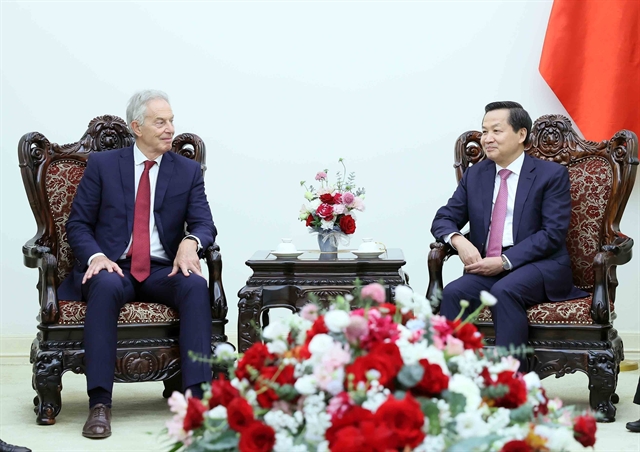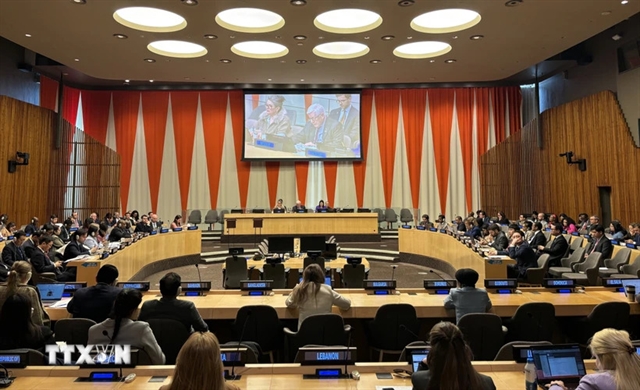 Economy
Economy


|
| Vietnamese abroad sent US$17.2 billion worth of remittance in 2020, making Việt Nam among top remittance recipients in the world. — Photo vneconomy.vn |
HÀ NỘI — Vietnamese abroad sent home US$17.2 billion worth of remittances in 2020, making Việt Nam the third-largest remittance recipient in the East Asia and Pacific region, according to the Migration and Development Brief released early this week by the World Bank and the Global Knowledge Partnership on Migration and Development (KNOMAD).
This represented a rise of nearly 3 per cent over 2019, a very positive result compared to the previous forecast in the context of the COVID-19 pandemic. Recently, the World Bank had estimated that remittance flow to Việt Nam in the first 10 months of 2020 fell by 7 per cent.
Việt Nam came after China in remittances last year which received $59.5 billion, while the Philippines raked in $34.9 billion.
With remittances equivalent to 5 per cent of the country’s gross domestic product (GDP), Việt Nam was among the top 10 countries in the region by the share of GDP.
According to the World Bank, despite the COVID-19 pandemic, remittance flows remained resilient in 2020, registering a smaller decline than previously projected.
Statistics showed that officially recorded remittance flows to low-and-middle-income countries hit $540 billion in 2020, just 1.6 per cent below the 2019 total of $548 billion.
The decline in recorded remittance flows in 2020 was smaller than that during the 2009 global financial crisis (4.8 per cent). It was also far lower than the fall in foreign direct investment (FDI) flows to low- and middle-income countries, which, excluding flows to China, fell by more than 30 per cent in 2020.
As a result, remittance flows to low-and middle-income countries surpassed the sum of FDI ($259 billion) and overseas development assistance ($179 billion) in 2020.
The main drivers for the steady flow included fiscal stimulus that resulted in better-than-expected economic conditions in host countries, a shift in flows from cash to digital and from informal to formal channels, and cyclical movements in oil prices and currency exchange rates, the brief wrote.
“The true size of remittances, which includes formal and informal flows, is believed to be larger than officially reported data, though the extent of the impact of COVID-19 on informal flows is unclear," the brief said.
“As COVID-19 still devastates families around the world, remittances continue to provide a critical lifeline for the poor and vulnerable,” said Michal Rutkowski, Global Director of the Social Protection and Jobs Global Practice at the World Bank. “Supportive policy responses, together with national social protection systems, should continue to be inclusive of all communities, including migrants.”
With global growth expected to rebound further in 2021 and 2022, remittance flows to low-and middle-income countries were expected to increase by 2.6 per cent to $553 billion in 2021 and by 2.2 per cent to $565 billion in 2022.
For the East Asia and Pacific region, formal remittances were projected to fall by 7.9 per cent in 2020 to around $136 billion due to the adverse impact of COVID-19. Modest growth of about 2.1 per cent was expected in 2021–22 due to recovery anticipated in major host economies such as Saudi Arabia, the US, and the UAE.
The global average cost of sending $200 remained high at 6.5 per cent in the fourth quarter of 2020, more than double the Sustainable Development Goal target of 3 per cent. — VNS









